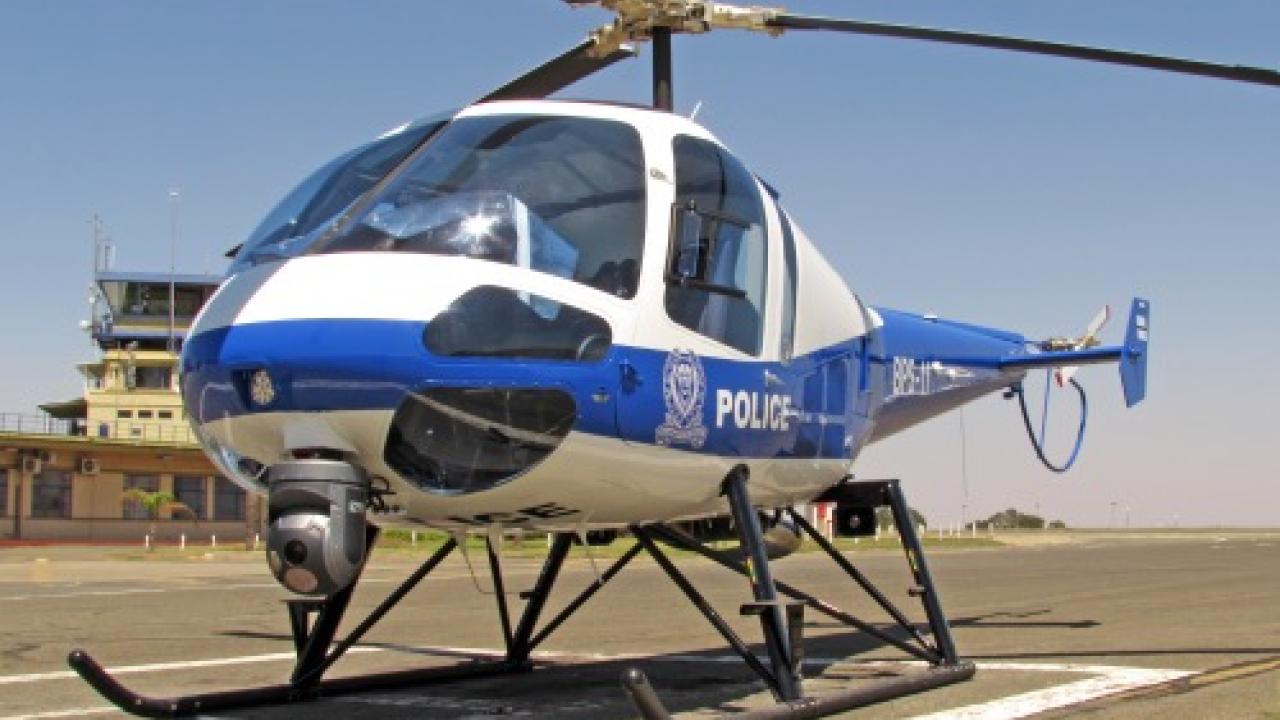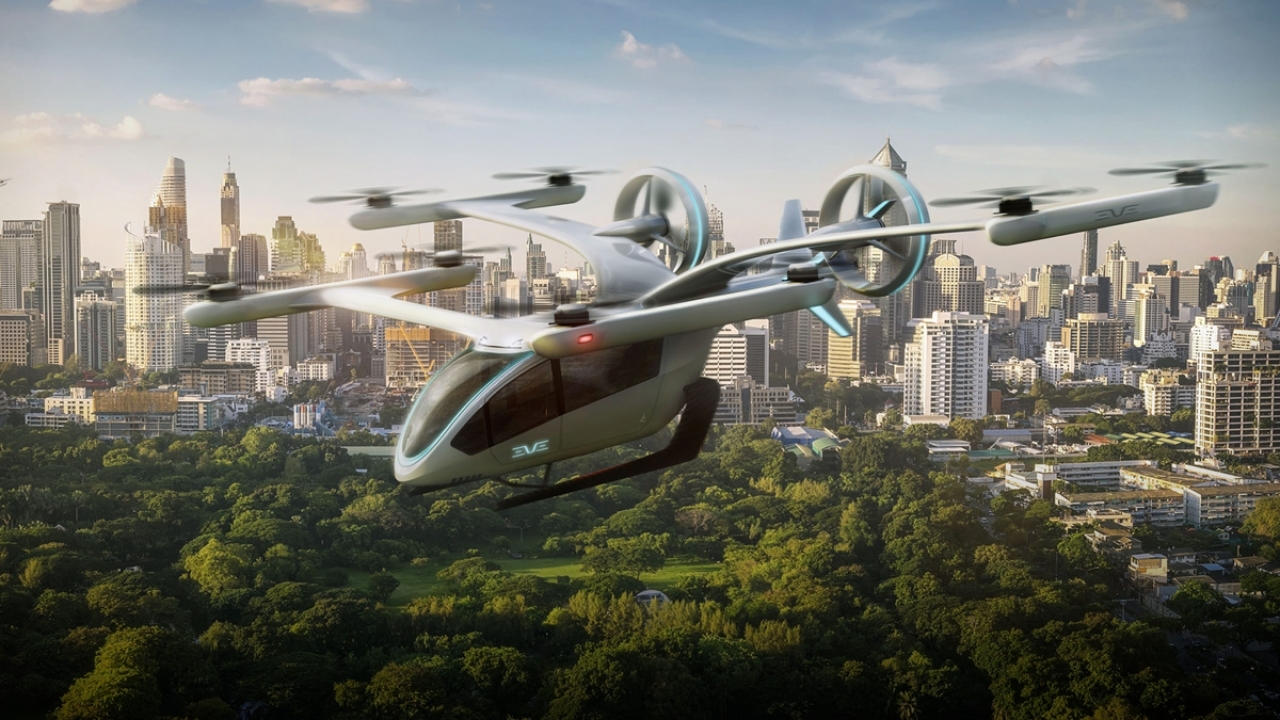Botswana boosts police helicopter capability

Delivery complete: Three Enstrom 480Bs are now in service with the Botswana Police Service. Picture: Safomar Aviation.
The Botswana Police Service (BPS) has stepped up its aerial capabilities with the acquisition of three Enstrom 480B light utility helicopters.
The third and final helicopter of the batch was delivered earlier this year.
All three are now in service, supplementing an existing fleet that includes Aerospatiale A350 Ecureuils.
The US-built helicopters were ordered in January 2020 and supplied via South Africa’s Safomar Aviation, Enstrom’s agent for most of Africa, particularly south of the equator.
A lengthy tendering and acquisition process, analysing several types of aircraft, was undertaken before the BPS settled on the Enstrom 480B.
According to Shai Shalem, Safomar Aviation’s managing director, the aircraft are being used in several roles including crime prevention, border patrol and wildlife conservation.
The aircraft’s ability to carry out these roles was aided by both its quietness and its four-and-a-half-hour endurance, he added.
Shalem said that the BPS had not made public the factors that led them to choose the Enstrom, but he noted that the 480 was originally designed to meet US Army requirements for a light training helicopter – and actually exceeded them.
Among qualities he suspected may have played a role in the decision was the Enstrom’s fully articulated three-bladed main rotor, which made for smooth, quiet, flight; its low centre of gravity, due to the Rolls-Royce 250-C20W turbine’s position in the engine compartment; and its sturdy undercarriage.
The three aircraft have been outfitted with a wide range of specialised equipment for the policing role, including a Trakka Systems day/night camera and searchlight, Safe Flight powerline detection system – electric power lines are a major hazard to helicopters at low altitude – and a public address system.
One person can also change the cabin interior between a three- and five-person layout in minutes, adding to the helicopters’ versatility, he added.
Safomar Group also trained the seven pilots and six engineers, who will staff the new helicopters. “All the pilots had thousands of hours of helicopter experience, so they came for a conversion course and spent a week [here],” said Shalem.
While the engineers will be able to handle routine maintenance on the Enstroms, Safomar will provide technical support, notably if the aircraft require future upgrading or modification.
Alan Dron reports.
Stay up to date
Subscribe to the free Times Aerospace newsletter and receive the latest content every week. We'll never share your email address.

